We all know where Sneek is, right? (Just assume you do… we’ve been there a few times on this trip.) Sneek is a “larger” town, has the Waterpoort that looks like a medieval castle, and we’ve spent plenty of time there in downtown tied up to the street.
This story starts with us leaving Sneek and driving 30 minutes down the canal to a sweet little town that is also one of the “11 Frisian cities” (https://www.dutchnews.nl/2019/07/11-cities-of-friesland/)
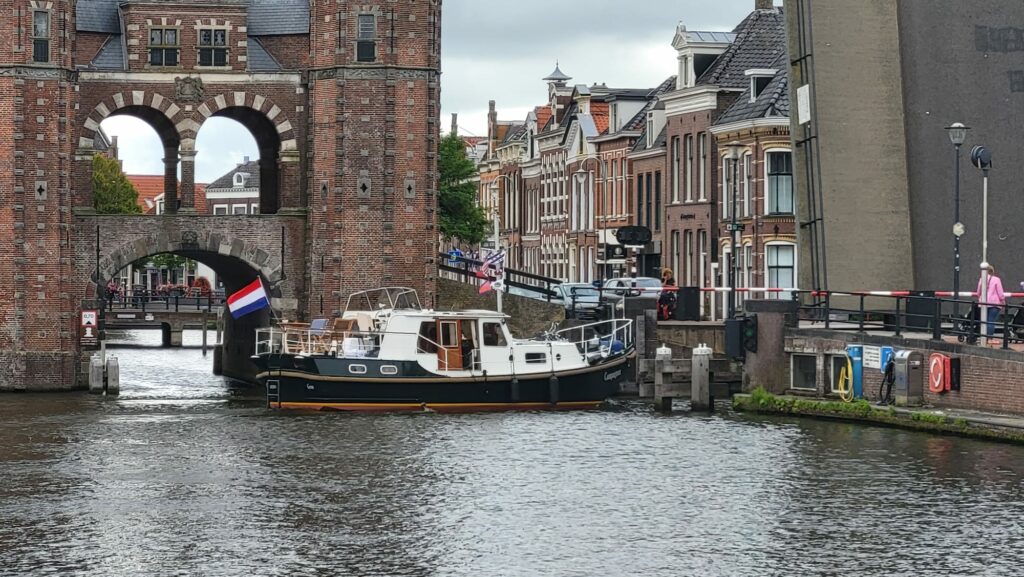
IJlst (pronounced “eye-elst”) has become one of our favorite villages in Friesland. It became a full on city in 1268, and for most people it’s just a place on the way between Sneek and Bolsward. But, there’s a small marina next to a woodworking museum that is situated in front of their fountain, and next to that museum is a working windmill/sawmill called “De Rat”. De Rat is open Wednesday through Saturday, and for a whole ONE EURO you can climb to the top of this 17th century windmill, watch how the sails drive the cogs that drive the pistons that saw the large tree trunks that are floating outside of the mill. David and I arrived on Sunday and stayed until Thursday so we could go into the mill.

This was worth every single penny of that Euro we spent to get into the place. We were in there for a few hours, climbing all over the mill, and talking to the miller about the sails and trim. David asked, “how long does it take to saw the entire log of wood apart.” The answer was, “it depends on the wind.”
Walking up and down and around the mill, you had to be mindful of where you stepped and how you walked. There is no way this amazing structure would be allowed to be open ANYWHERE in America. Between the lack of disabled access and the liabilities (quite steep stairs or some dingdong shoves their finger into the blade to see “how does it feel”), so we felt quite lucky to be able to see this first hand.
I asked about the history of windmills in the Netherlands. I had woven a story in my mind about some guy “Jim” and his pals talking over beers in the mid 1400s, and coming up with the design. As smart as the Dutch are, windmills first started showing up in the 8th century in the Middle East and Asia. The Dutch ruled the world, so they just took what they saw and made it their own.
About De Rat
This windmill is a “stellingmolen” (translates to “scaffolding mill”). It’s 3 stories built on a 3 story base, and the sawing floor (below) is at the 2nd floor (3rd floor for Americans), about 25 feet above the ground level. The blades have a span of over 70 feet, and the sails are affixed to a cast iron “windshaft”. The windshaft drives the cog wheel (29 cogs) at the top of the upright shaft, and at the bottom another cog wheel (43 cogs) drives a crankshaft via a gear with 40 cogs. The crankshaft changes the circular motion into reciprocal motion for 3 pistons (which are vertical saws).
An engine. It’s an engine.
The Sawing Floor
You enter into the floor where logs up to 90 feet long come up the ramp and get lined up to be sawed. It’s fascinating to watch the blades go up and down based on the speed of the wind outside. The day we went, the wind was blowing so the sails were full and the mill was humming.

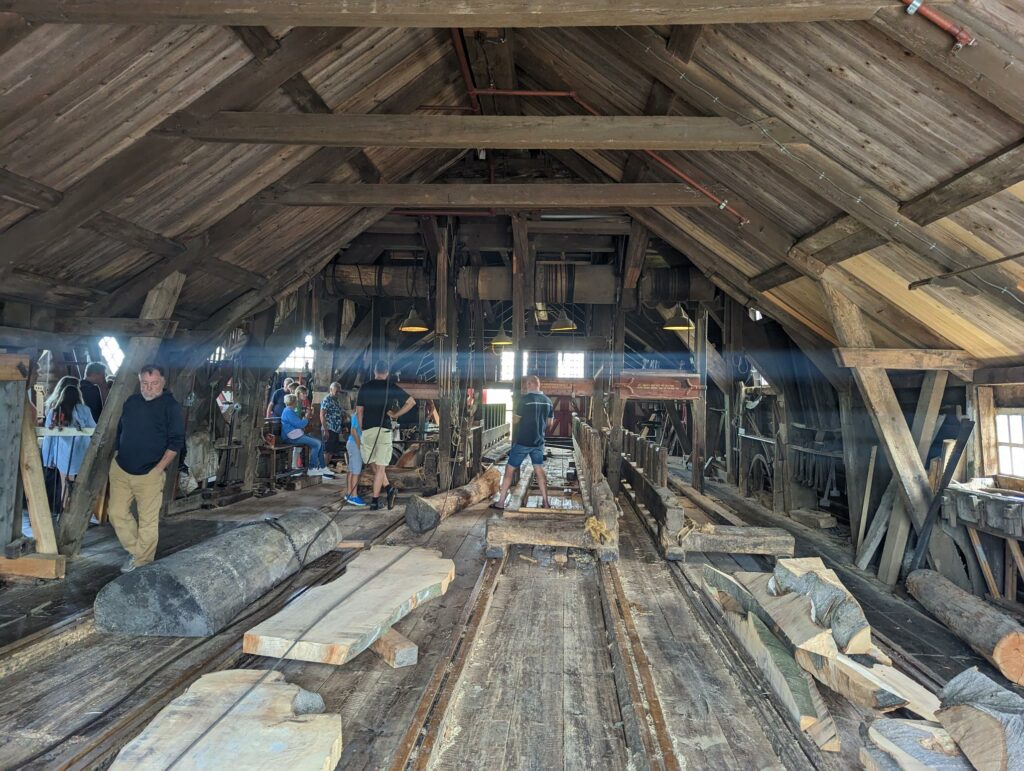
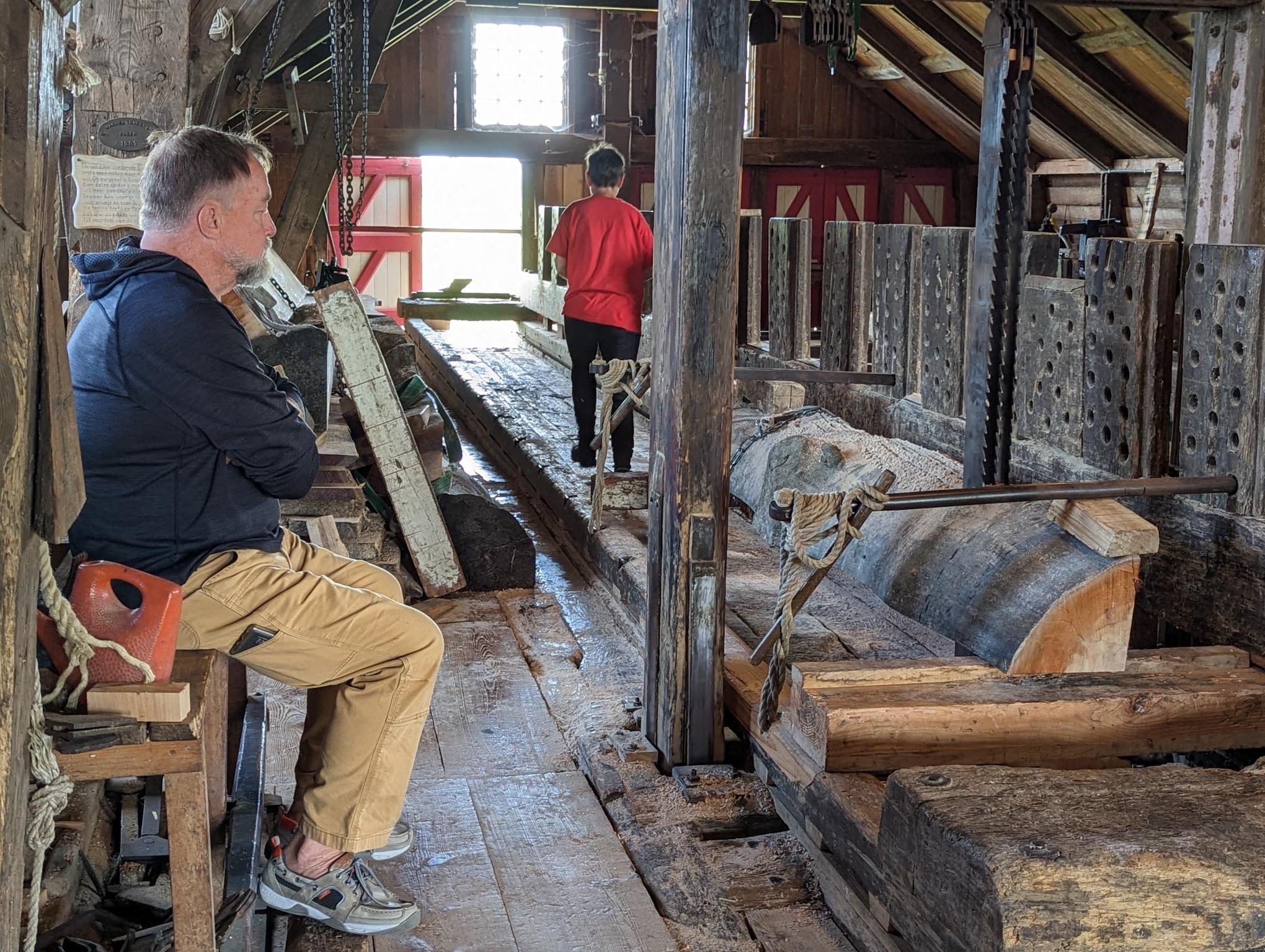
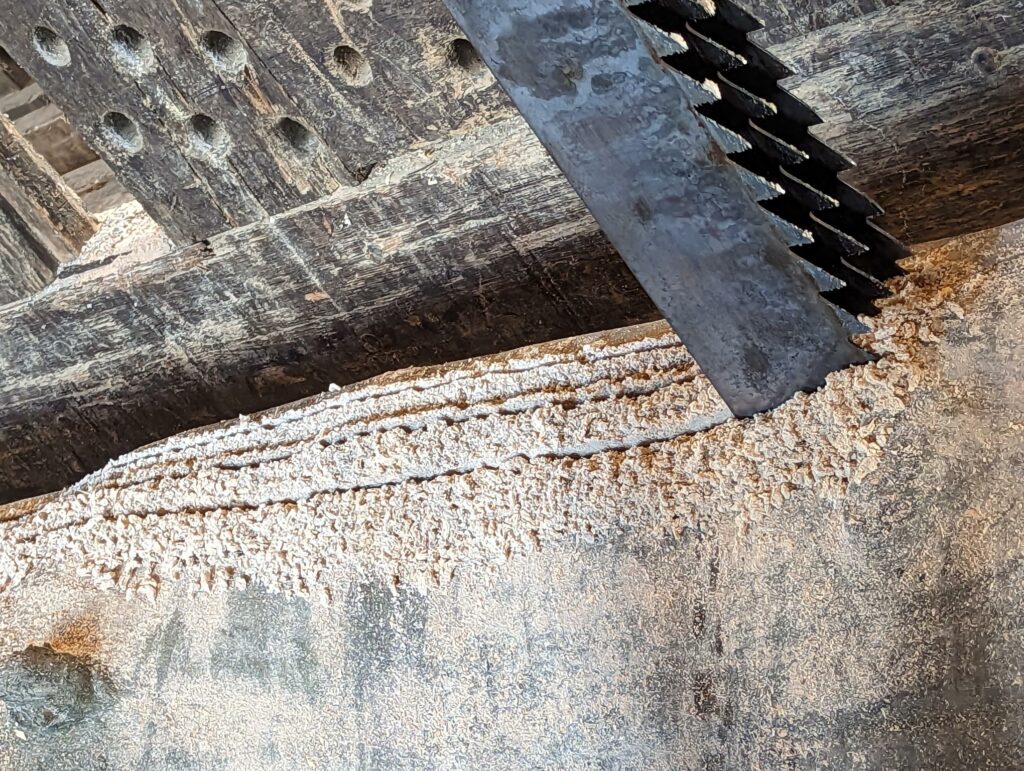
The Upper Floors
Up a steep staircase, and we were able to walk around the outside of the mill. The blades were flying because the wind was howling. They reef the sails (“jibs”) on the blades the same we reef the sails on our sailboat. These blades are really “wings”, as they are fixed with a flap that moves the air as the blade rotates. (It reminded me of the America’s Cup boats and their rigid wings.)
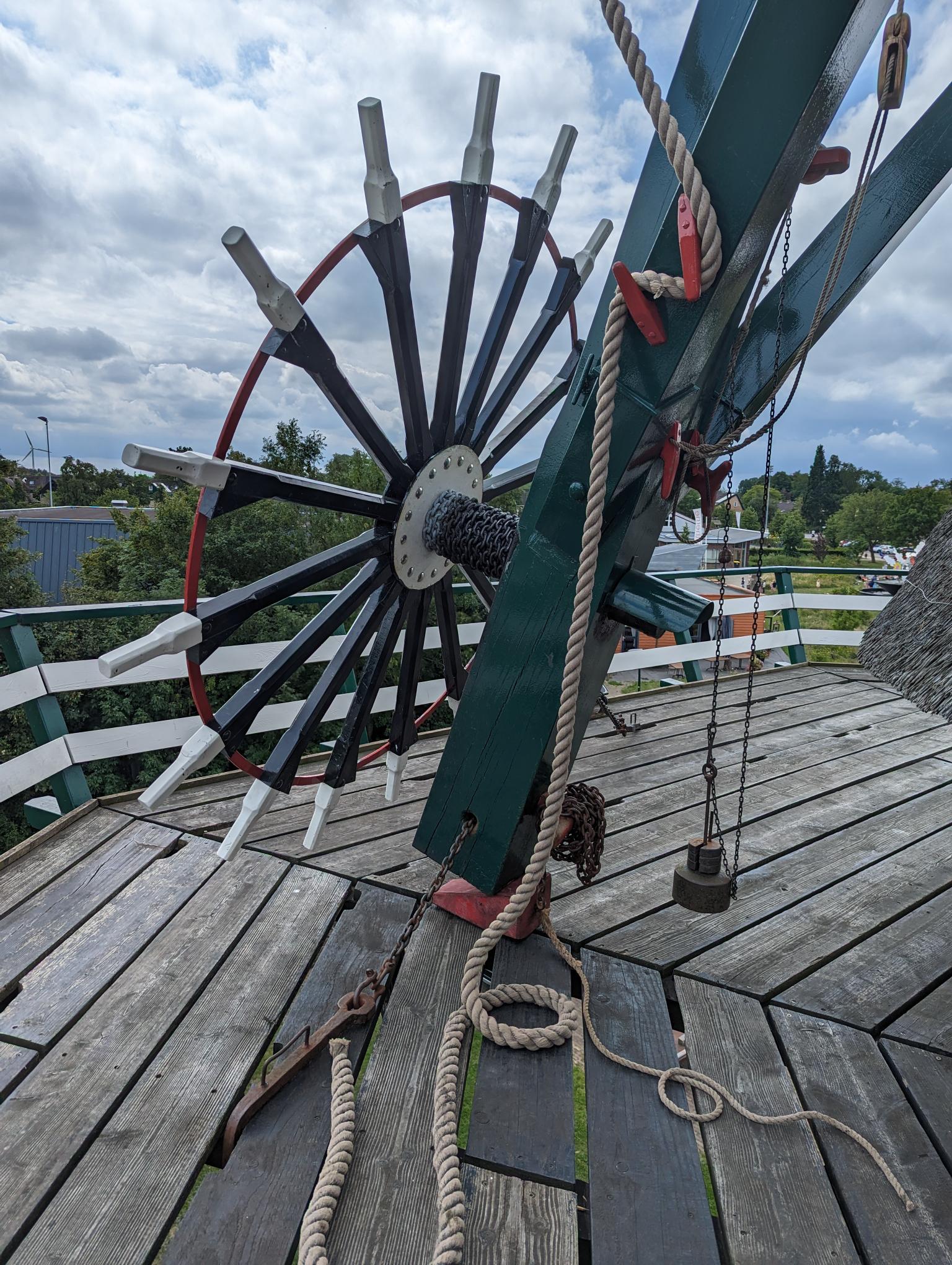
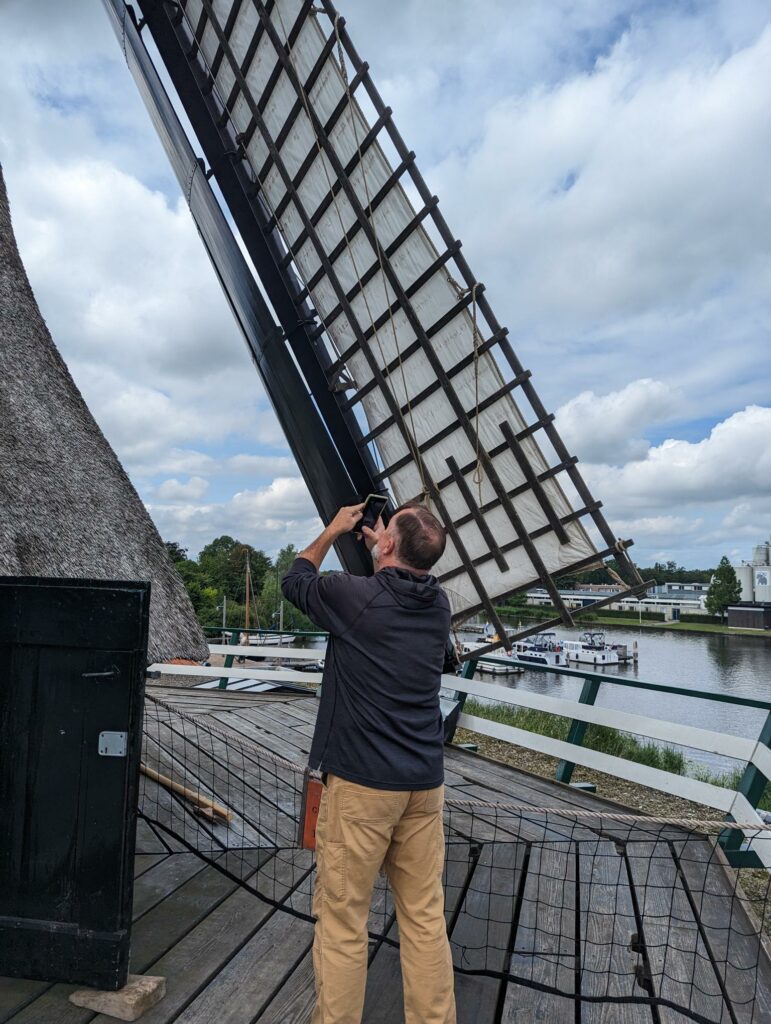
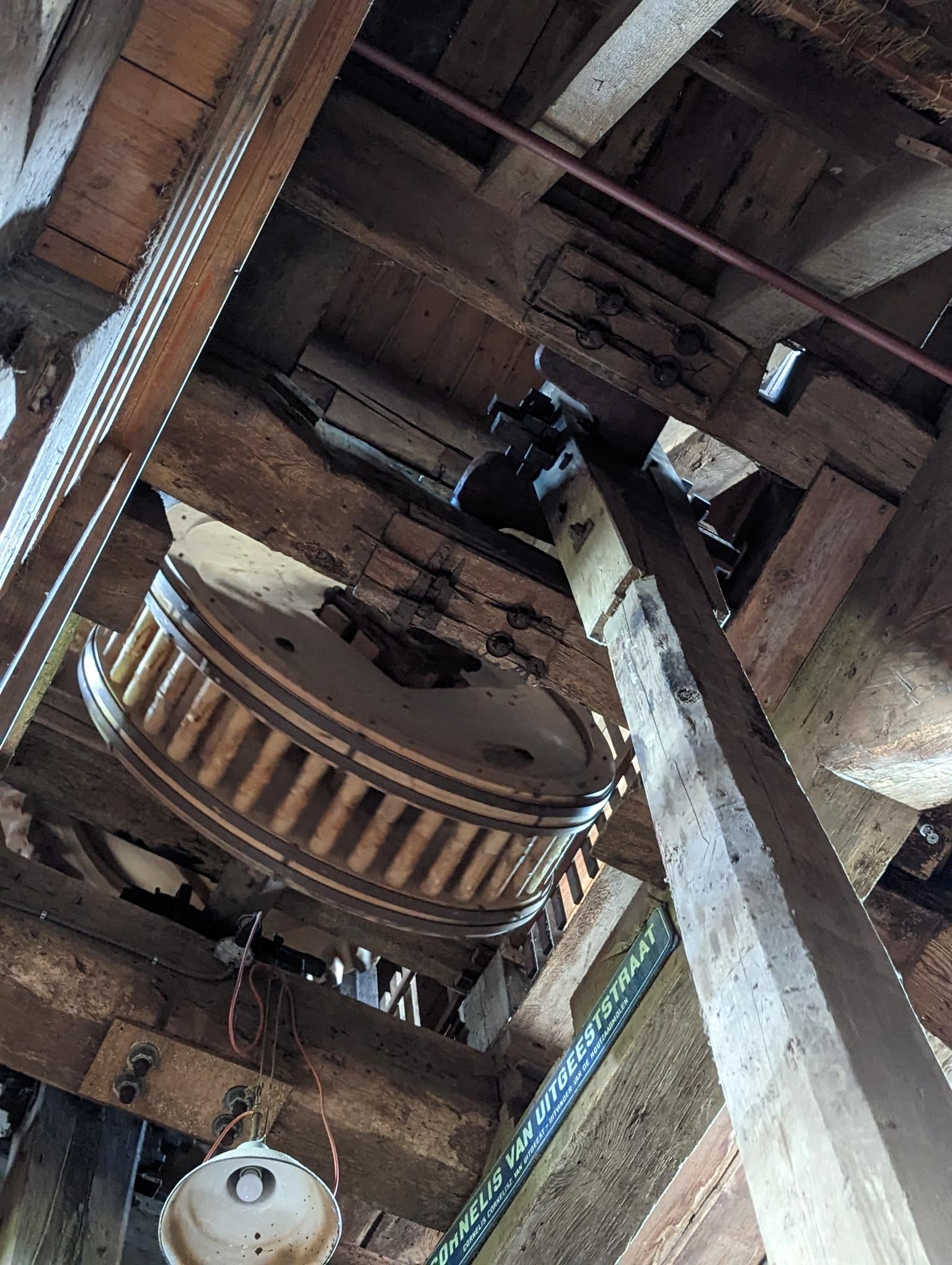
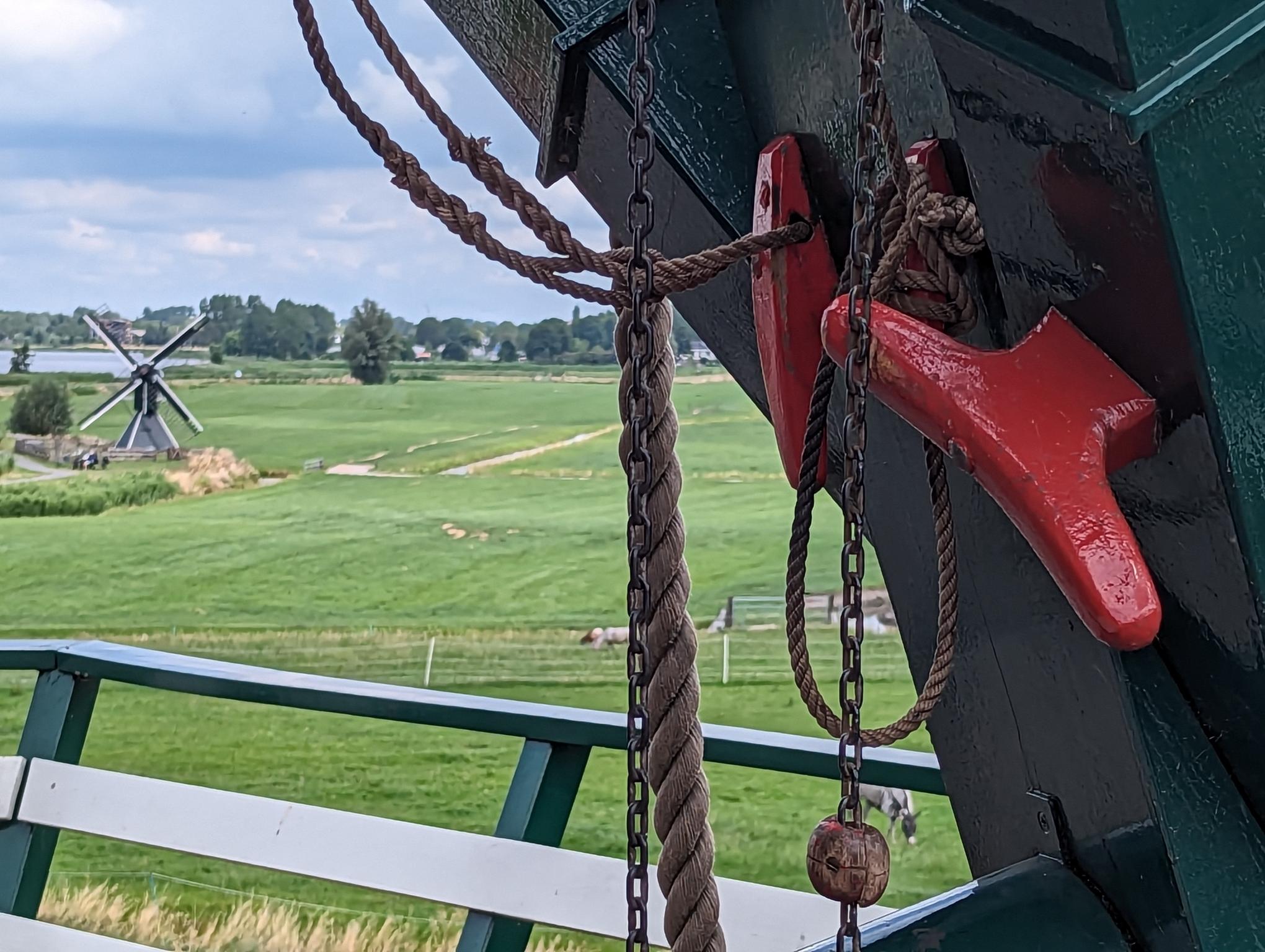
Visiting De Rat has been one of the highlights of our summer, and it’s now on the Parkernoster Reality Tour for people who come visit us here.
Videos (You’ll Want to Watch These)
Finally, the rest of the Village of IJlst
It’s a really cute village. If you end up here, I highly recommend stopping. It’s worth staying a couple of days.
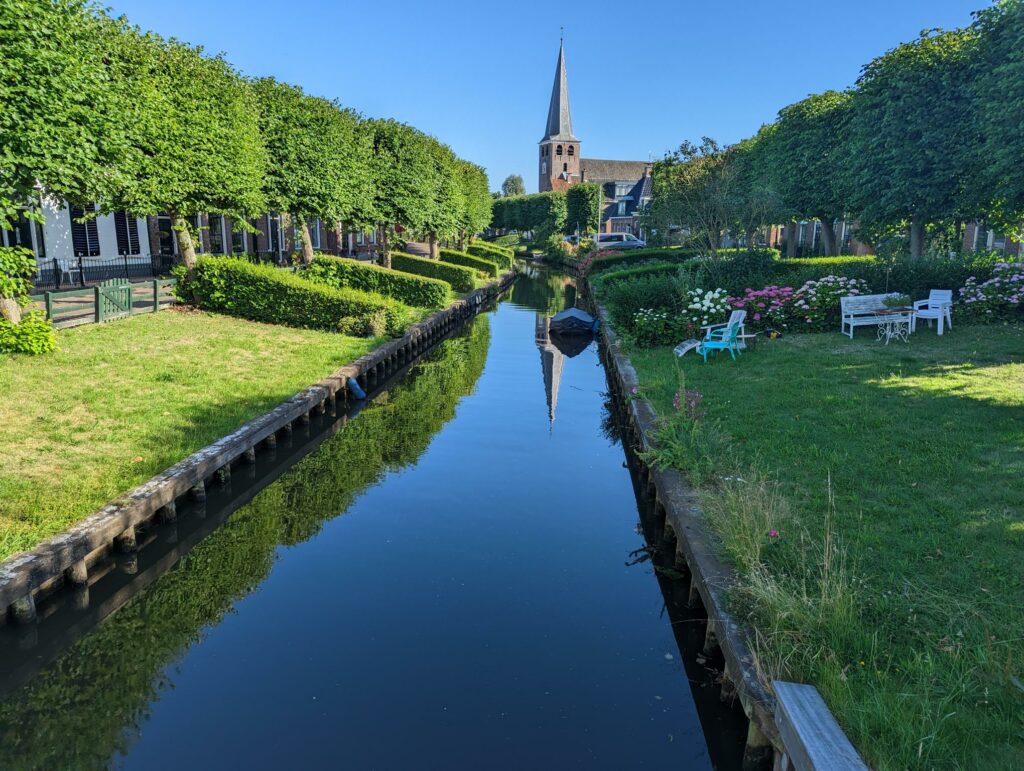
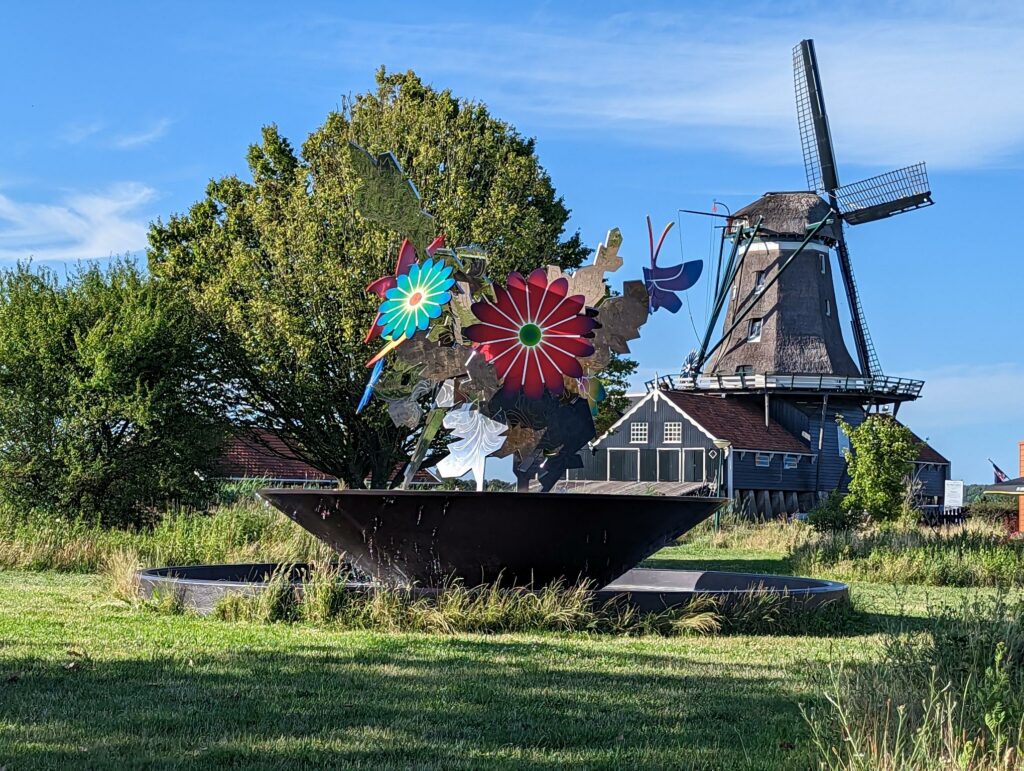

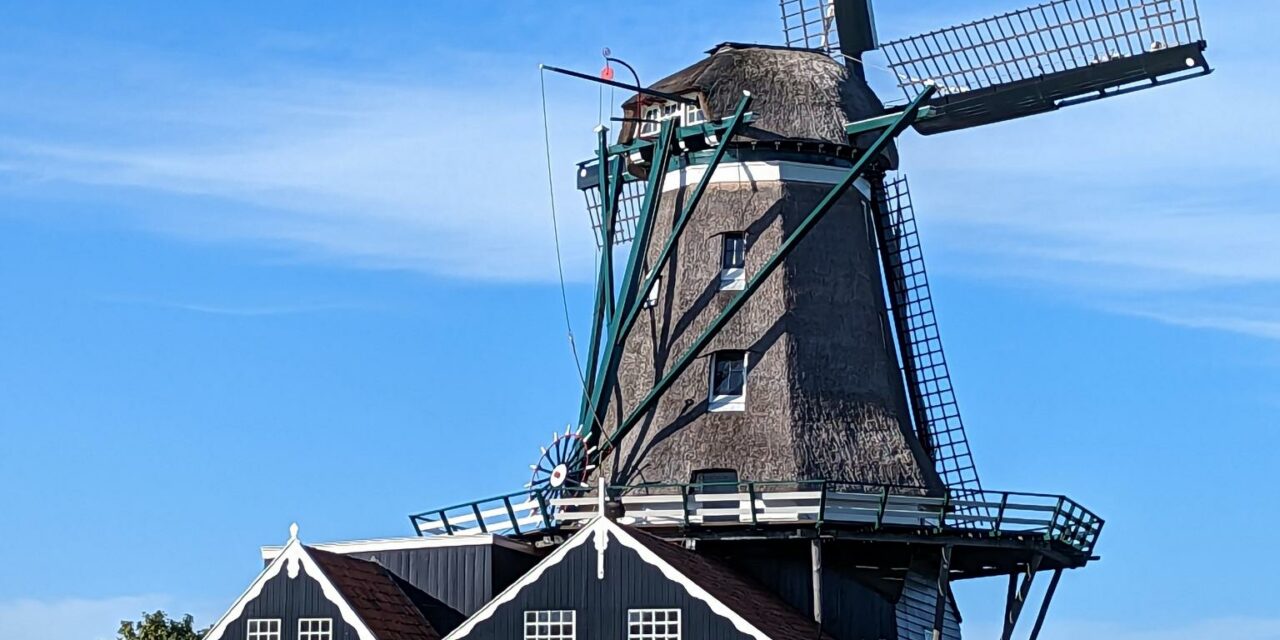
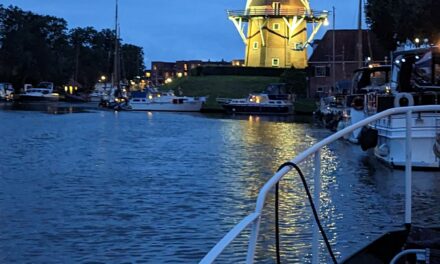
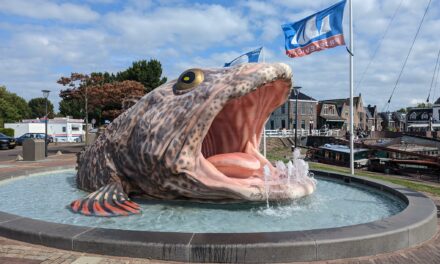
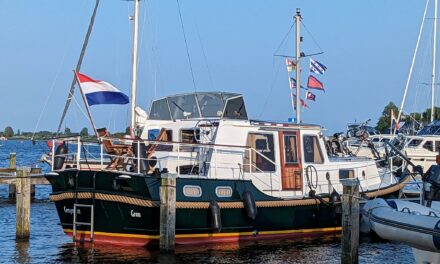
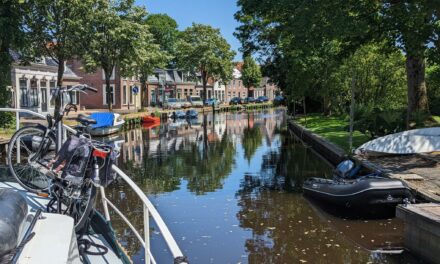
Recent Comments